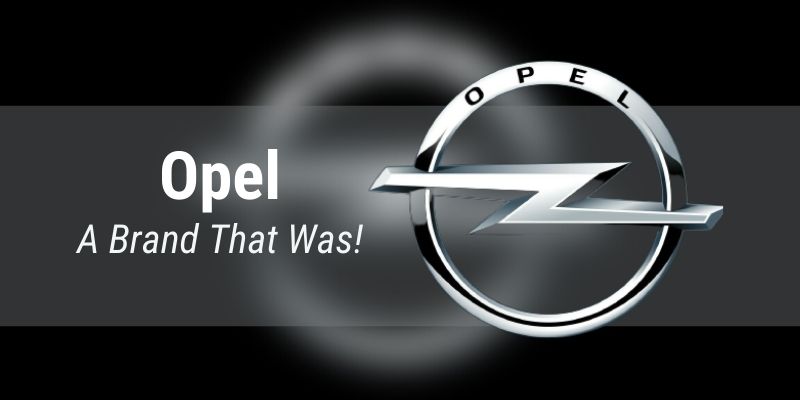While reading about new car launches you must have come across the terms turbo or NA when the engine is mentioned. If you ever wondered what they actually mean and how much they differ from each other you’ve come to the right place. Turbos get a lot of praise for being better than NA but if that is the case why haven’t NAs being pushed out of the market? If you are curious about it we will have a Naturally Aspirated vs Turbocharged and see which engine is better.
Naturally Aspirated
As the name suggest NA or Naturally Aspirated engine are those that use air naturally. What it means is that a NA engine will not employ any special method to push the air in the engine and will naturally draw it at atmospheric pressure.
Turbochargers
Turbocharge is a device connected to an engine. The job of this device is to force more air into the combustion chamber of the engine. This causes more air in the chamber and thus creates more power. As the air is pressurised it allows for a boost in power as well.
The turbocharger is powered by the exhaust gas produced by the engine which rotators a turbine that allows the device to rotate a compressor wheel which forces the air inside the engine.
Naturally Aspirated Vs Turbocharged
Now that you have a basic idea of how both of these work we can move onto the comparison.
Throttle Response | NA vs Turbo
Even though turbocharger provides an increase in power they do not help in acceleration. When you start a car it does not have any exhaust gases which are required to power the turbocharger. NA on the other hand does not face any lag and gets going as fast as it is built for.
Turbos however do pick up speed rather quickly when exhaust gas is generated and overtake NA engines.
Reliability
Both NA and turbo are built to last however turbocharged engine has a higher chance of failing than a NA engine would. Due to a turbocharged engine having significantly more parts than a NA engine it is more likely to break down. Remember the more parts involved the higher the chance of failing.
Power | NA vs Turbo
This is the entire point of turbochargers. The moment a turbocharger starts running you can feel the massive power boost while driving. As explained earlier, extra air allows for more power to be generated in a smaller space compared to a NA engine. This extra power in turn pushes the piston harder and thus generating more torque.
Naturally Aspirated engines however are getting more technology that allows them to generate more power as well. Variable Valve Timing is one such technology that allows a high compression ratio on an NA thus generating more torque.
Fuel Efficiency
A turbocharged engine takes this one in a way you might not expect. To explain this without delving into numbers and mathematics let’s take a simple example. As we know turbocharges produce more or equal amount of torque when compared with a NA engine that has more displacement than them. What this means is that a more displacement engine will use more fuel and generate the same amount of power than a turbocharged engine that will use less fuel to generate more or the same with a smaller displacement. This effectively gives turbo better fuel efficiency.
Note that there are some expectations to this case and the example we used was to simplify the situation.

We hope that this helped you understand the basic difference between a Naturally Aspirated engine and a turbocharged one. Both have their own advantages and will just get better over the years to come. In the battle of Naturally Aspirated vs Turbocharged, which side are you on? Do let us know in the comments section below.






